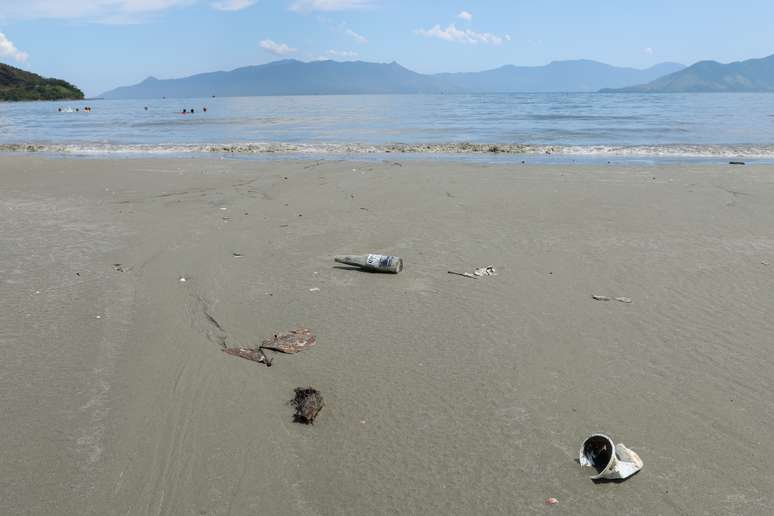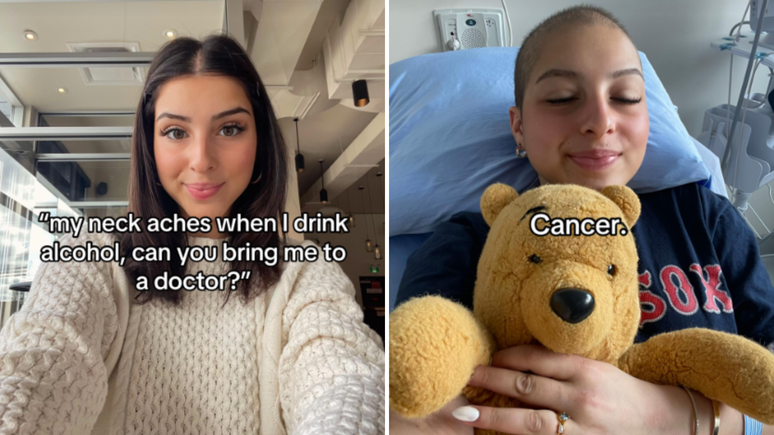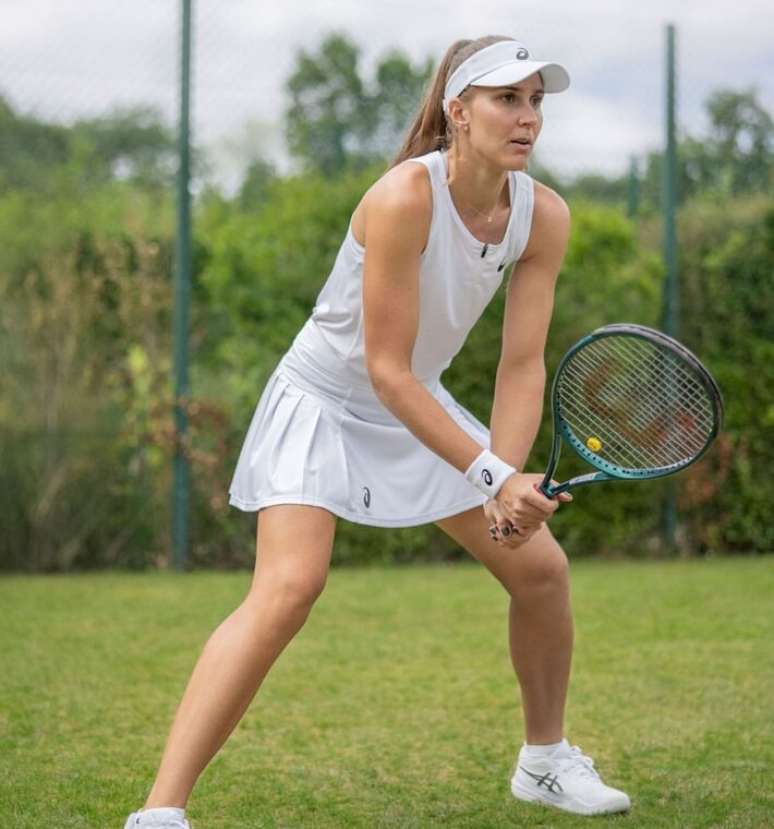To date the notifications are concentrated in Guarujá and Praia Grande; The secretariat investigates the possible causes and does not exclude a common source of contamination
The government of Sao Paulo does not yet know the extent of the virus outbreak on the coast and whether there is a common source of contamination between municipalities. In Guarujá, residents and tourists faced difficulties in obtaining medical care. Praia Grande is also seeing an increase in cases.
In an interview with Estadaothe director of the Division of Waterborne and Foodborne Illnesses of the State Department of Health in Sao Paulo, Alessandra Lucchesi, says the ongoing investigations should provide answers to these questions next week.
“We are not yet able to establish whether the incidence exceeds what was expected for the period or not. The monitoring of diarrhea cases occurs on a weekly basis, so it is expected that on Monday we will receive the numbers from all municipalities in the State of São Paulo and get closure,” he says.
Alessandra also provides guidance on how to avoid contamination and highlights what other cities must do to contain the spread of cases.
What is already known about the origin of this epidemic? Which cities are most affected?
Right now we are mainly monitoring Guarujá and Praia Grande. These are the municipalities from which we have already received some feedback regarding the increase in the number of visits for gastroenteritis. We provide guidance to all municipalities on the coast of São Paulo in December because an increase in cases is already expected at the beginning of the year, especially during this summer and rainy period, but at the moment we pay more attention to these two municipalities.
What does this guide look like?
We strengthen already routine recommendations in relation to the monitoring of acute diarrhea cases, but above all for investigations in the event of an increase in cases in the event of a possible outbreak of an epidemic. We recommend that municipalities pay attention to emergency units to look for outbreaks in case of an increase in cases concentrated on a specific unit.
Does the situation constitute an epidemic?
Yes, due to the volume of people served. We have received a lot of information from municipalities about clusters, people in hotels or entire families (with symptoms)then it can now be considered an outbreak. What we have not yet decided is whether we will delimit the outbreak space in the entire municipality or whether there will be some regions where there is an increase in the number of cases, characterizing the outbreak only in some localities. We need municipalities to return the epidemiological investigation to actually characterize the extent and scope of this epidemic.
Is the current epidemic larger than that observed in other years?
We are not yet able to determine whether the incident exceeds expectations for the period or not. The monitoring of diarrhea cases occurs on a weekly basis, so it is expected that on Monday we will receive the numbers from all municipalities in the State of Sao Paulo and we will be able to obtain the closure.
Is there any information on cases on the North Coast?
From the North Coast we have not received any reports, that is, we have not been able to catch any person reporting showing signs and symptoms. Furthermore, we have no position from the municipalities on the north coast regarding the increase in the number of visits for gastroenteritis.
We currently have information for Praia Grande and Guarujá. We cannot even say whether the epidemic started in one municipality and spread to another, whether the cause is the same or whether these are events occurring in parallel. This is why the epidemiological investigation is so important to be able to clarify this information.
Is the epidemiological investigation underway?
Stool collection is not recommended in routine monitoring, but when outbreaks are detected the recommendation changes. We now recommend collecting not from all people, but from a significant sample number, representative of that population. Therefore, municipalities were instructed to collect feces so that they could search for viruses, bacteria and parasites for possible detection of the causative agent. We still do not have the return of these results, but the Municipalities have been notified.
In the investigation process, we also analyze all the habits of the people involved to try to identify a common source of contamination. They are investigating which beaches were reached, whether people bathed in the sea or not, what was the source of water consumption and whether there was any change in diet these days.
Is there a risk that the epidemic will spread? How to avoid it?
From an epidemiological point of view, the ideal is that all investigations take place within 40 hours of notification. It is recommended to take action immediately after notification for an adequate investigation process, remembering that outbreaks must be detected and reported within 24 hours. This accelerates the process of detecting the causative agent and consequently allows us to make recommendations for more effective measures to interrupt the epidemic. It is worth noting that, in some pathogens, the incubation period can vary from two to five days, with a maximum of seven. It is extremely important to stop the transmission.
The municipality of Guarujá contacted Sabesp regarding the possibility of leaks and illegal sewer connections. Are there any updates from Sabesp and Cetesb regarding this request?
At this time, since it is routine, all reports and parameters presented by Sabesp are within satisfactory limits. Now, in the event of an epidemic, in the process of epidemiological investigation, in addition to the collection of fecal samples of people in the acute period of diarrhea, we also recommend the collection of water for the investigation. The municipal health surveillance team has already been tasked with collecting water to carry out research on viruses, bacteria and parasites. All this is still monitored, we have no final report on whether or not there is contamination. In the scenario we have, there are hypotheses being tested regarding the quality of sea water, water intended for human consumption.
We cannot forget that, in this period, people change their habits. Food changes a lot, people are not as concerned about where it comes from, the hygienic capacity of the place where they consume it, food tends not to be refrigerated to the right temperature. So there are also other problems that can lead to an increase in cases of gastroenteritis, such as the consumption of beach water, ice whose origin is unknown, ice cream, granitas. There are also a number of other matters being investigated.
Should the investigation into these other issues also have results next week?
It is expected that yes, remembering that for the culture of bacteria we have a longer period for intercourse, it takes at least 7 to 10 days before we can detect any pathogen. Testing for viruses and parasites is much faster, so next week we believe we will already have some placements.
What are the recommendations for health services and the population?
For Municipalities, in general, we strengthen the guidelines for the organization of healthcare services so that these cases of diarrhea are more easily identifiable and the epidemiological investigation takes place at the time of diagnosis. consultationcarrying out a questionnaire to the population to identify the source of the contamination. And, in addition, follow the recommendations of the municipal epidemiological surveillance teams, which guide this treatment process.
For the population, the recommendations are more focused on the preventive aspect: wash your hands very frequently, especially before preparing any type of food or eating, avoiding undercooked foods, paying attention to the origin of the food, keeping food well refrigerated and consuming filtered waterfall.
If at any time the population experiences any type of change in the water supply system, it is recommended to contact Sabesp.
When signs and symptoms appear, the recommendation is to increase hydration. Normally the condition is self-limiting and lasts three to five days, but if symptoms persist it is necessary to seek medical attention.
Cases of diarrhea and intense vomiting in the elderly and children are of concern. This is the most vulnerable population and therefore we need to double our attention. In rare cases, we see hospitalization and the condition progresses to a slightly more critical situation. This population deserves more attention due to dehydration.
And regarding swimming, what are the places to avoid?
It is not recommended to swim on beaches considered unsuitable, Cetesb places flags signaling bathing. Beaches identified with red flags should be avoided. Swimming in the sea is also not recommended in the 24 hours after rain, on all beaches, as there may be movement of rubbish and waste into the sea water.
Source: Terra
Ben Stock is a lifestyle journalist and author at Gossipify. He writes about topics such as health, wellness, travel, food and home decor. He provides practical advice and inspiration to improve well-being, keeps readers up to date with latest lifestyle news and trends, known for his engaging writing style, in-depth analysis and unique perspectives.





![New Day ahead: A burdensome, franc, losing control … which awaits you until August 25, 2025 [SPOILERS] New Day ahead: A burdensome, franc, losing control … which awaits you until August 25, 2025 [SPOILERS]](https://fr.web.img6.acsta.net/img/a5/23/a523eff7de1e2b5906e9eda48d08e180.jpg)

![Such an excellent sun in advance: Summary of the episode on Monday, August 25, 2025 [SPOILERS] Such an excellent sun in advance: Summary of the episode on Monday, August 25, 2025 [SPOILERS]](https://fr.web.img4.acsta.net/img/d4/f7/d4f7205d1d5c20b03112603176615360.jpg)

